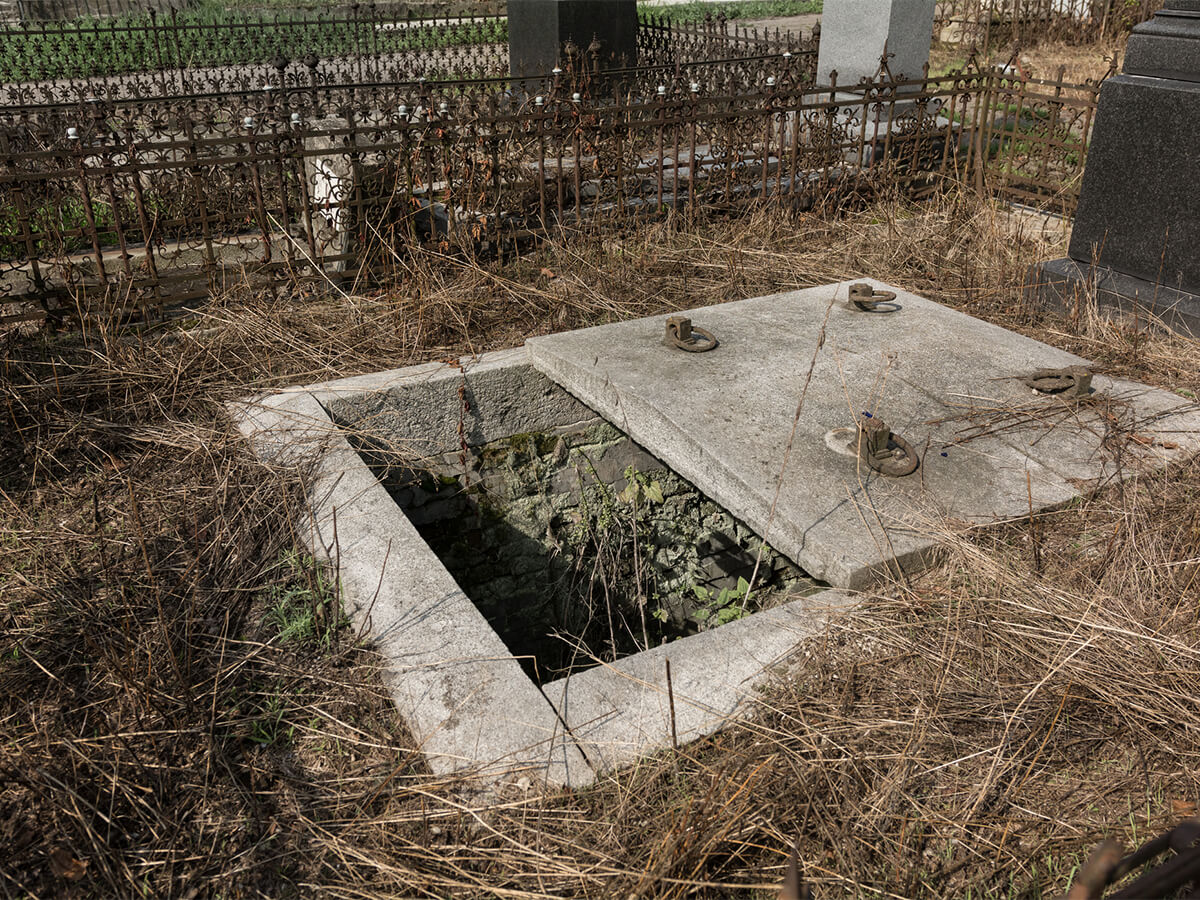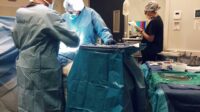It is considered a rite of passage for medical school students to learn anatomy by dissecting a cadaver. While some medical schools are taking a digital approach to anatomy, cadaver dissection is still a major part of medical training. Today, the most common source of cadavers is from body donation programs and unclaimed bodies. However, there hasn’t always been a steady supply of corpses for students to learn on.
We looked at the odd and downright terrifying history of body snatching, and the impact it had on the healthcare field.
The Birth of Grave Robbing
Aspiring physicians have always needed to train. As the field of anatomy developed throughout the 1820s, there was a growing need in medical schools for corpses to dissect. Because most people believed that dissection damned a dead person’s soul, there was only a very small supply of cadavers to use in medical schools. Originally, the bodies of executed criminals were used for dissection in British medical schools. However, this practice stopped after Parliament reduced mandatory death penalties for criminals.
To address the growing need for medical cadavers, criminals began to get…creative. Dead bodies became a hot commodity. Body snatchers, also known as “resurrection men,” would dig up recently buried bodies and sell them to doctors who were willing to look the other way.
A Global Crime
Body snatching wasn’t just a “solution” in British Medical Schools. Across the Atlantic, Baltimore, Maryland became a center of these so-called “resurrections.” The half dozen medical schools in the Charm City needed a steady supply of corpses, which were often difficult to find. In some cases, dissections had to be delayed until a body could be found.
The Fine Art of Body Snatching
How did the thieves accomplish their goal? They began by breaking the lid of the freshly buried coffin, placing a hook around the body’s neck or armpit, and easing the body out of the grave. To keep the decaying bodies ready for shipment, the corpses were stored in bodies filled with whiskey. This whiskey was then sold, serving as the namesake for a “stiff drink.”
Taking Things to the Extreme
For two criminals, stealing bodies was simply too much work, and they chose to cut out the middleman. William Burke and William Hare became notorious for taking body snatching one step further. The duo began to murder unsuspecting people, including the elderly and homeless, and supply these fresh bodies to doctors.
The two were exposed in 1828, and Hare quickly turned on Burke. Burke was executed for his crimes, while Hare was released and was never seen again. Today, Burke’s death mask, a printed description of his execution, and a book made from his skin are on display at the Surgeon’s Hall Museum in Edinburgh.
A Legal Change Ends Body Snatching
Fortunately, medical students today are able to practice on slightly more willing subjects. Over the years, policies were put in place that allowed anatomists to obtain unclaimed corpses. In Maryland, the creation of the state Anatomy Board gave medical schools use of unclaimed corpses, ending the body snatching trade for good.
Reminders of the Past
While body snatching is thankfully a thing of the past, you can still see reminders of the crime in many graveyards around the world. One cemetery in particular, Greyfriars Kirkyard, features several “mortsafes.” These large iron cages were installed in the early 19th century to deter body snatchers from committing their crimes. Grave cages can be found in several other cemeteries throughout the United Kingdom, an always present reminder of the dark and creepy history of medical training.




